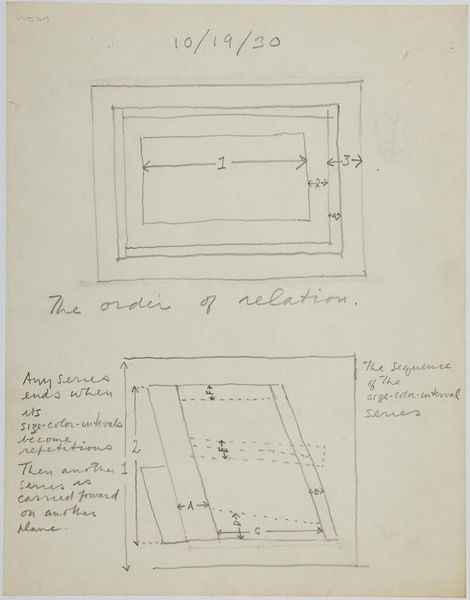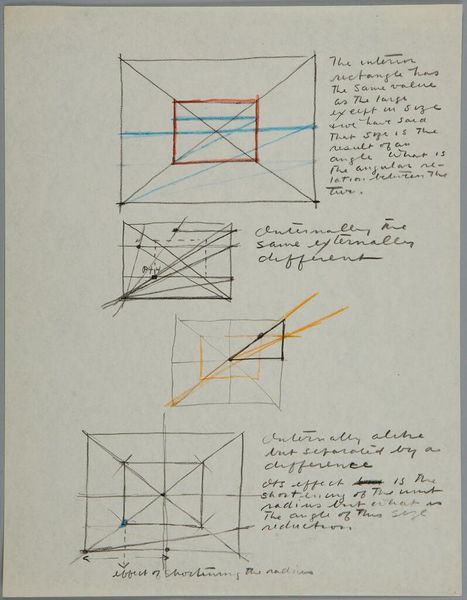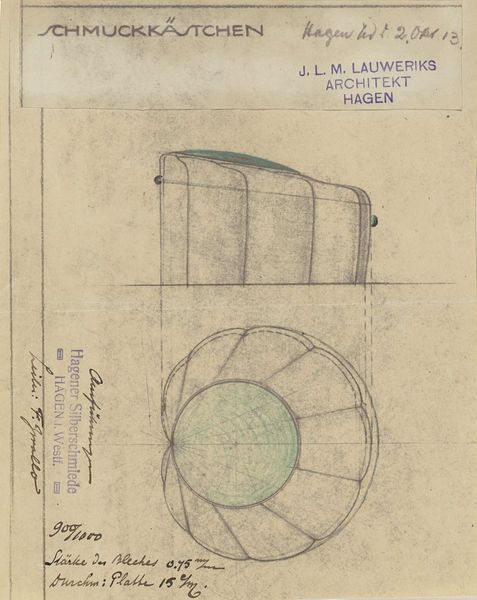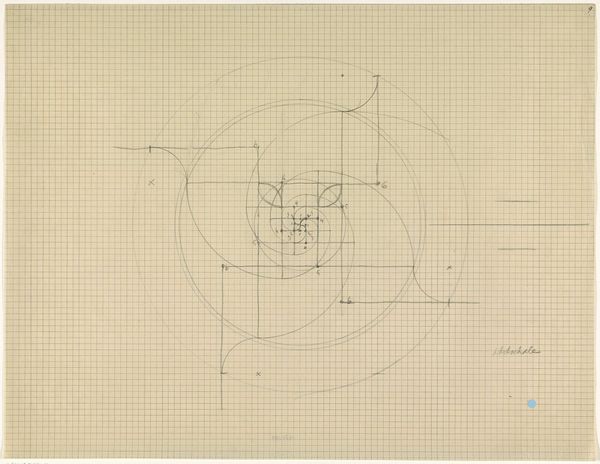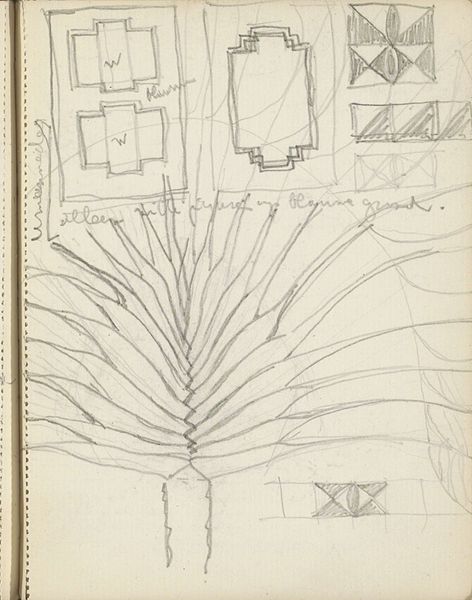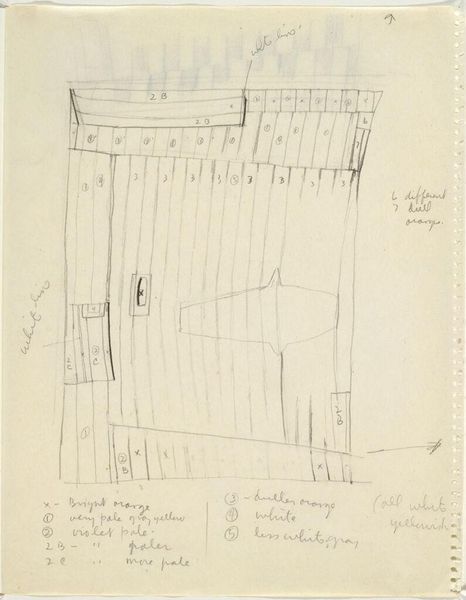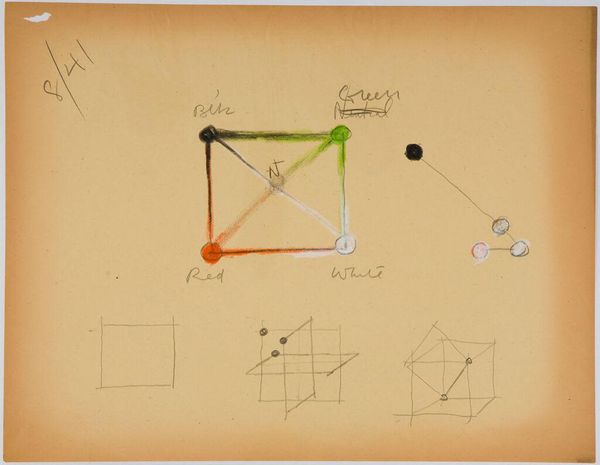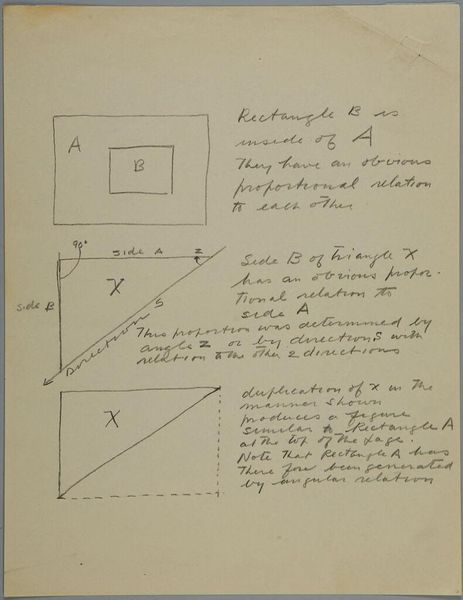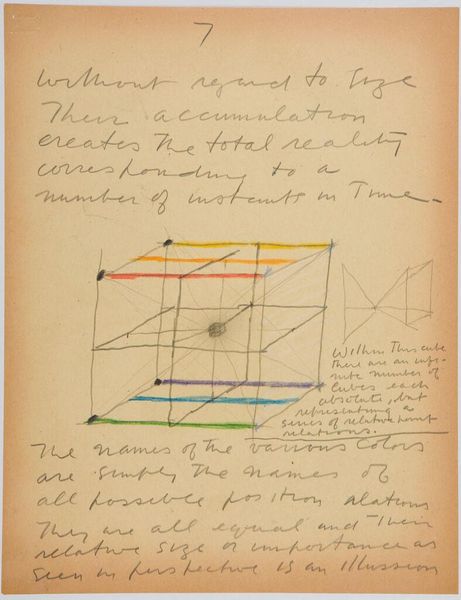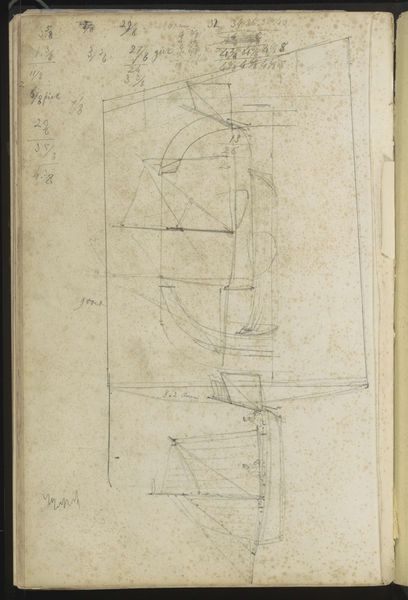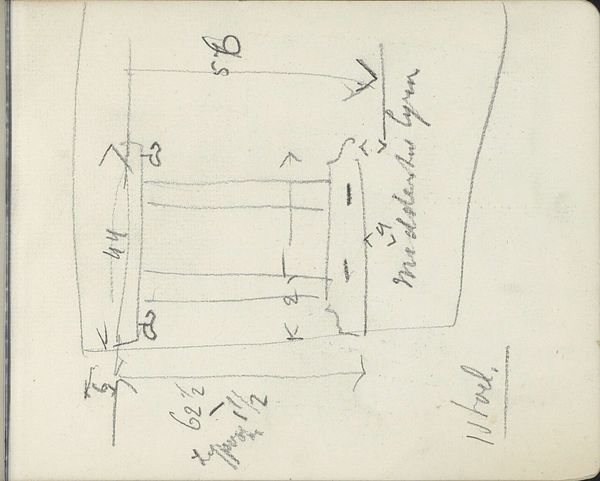
drawing, paper
#
drawing
#
conceptual-art
#
etching
#
paper
#
geometric
#
line
Dimensions: sheet: 55.72 × 43.02 cm (21 15/16 × 16 15/16 in.)
Copyright: National Gallery of Art: CC0 1.0
Curator: Rockne Krebs created this intriguing piece titled "Aleph²" in 1969. It’s a drawing on paper, a conceptual blueprint of sorts. What strikes you about it initially? Editor: It feels almost like a diagram for a hidden language. The overlaying lines create this intense, almost dizzying optical effect. There's definitely something coded here. Curator: Krebs was deeply involved with the burgeoning light art movement. This piece comes from a time when artists were exploring how technology and perception could alter the experience of space. The art world was certainly ready for such innovation in '69. Editor: Visually, that radiating cross reminds me of ancient sun symbols – an emblem of potent, life-giving energy. Except Krebs abstracts it, turning it into an exploration of pure light and geometric form. Curator: Precisely. And consider the title: "Aleph," the first letter of the Hebrew alphabet, holds deep significance, representing unity and the origin of all things. Krebs is linking the fundamental building blocks of language and the universe. Editor: It suggests a continuous point, or origin, like an unseeable wellspring of potential, reflected in these iterative linear structures. Curator: The Aleph's usage really highlights the cross pollination between art, science and philosophy at the time. Conceptualism pushed artists to see artworks as proposals or thought experiments that the audience had to unravel. Editor: This intersection reminds me of those optical illusions where your eyes struggle to lock into a single point; you get this vibrant, buzzing feeling. I wonder if Krebs meant it to evoke this sense of endless visual searching. Curator: Perhaps. What's interesting is how Krebs blends the technological and the spiritual. He's using light and geometry to reach toward a symbolic "unity," mirroring pursuits within religious studies as much as those within engineering. It is also worth mentioning that drawing as a medium allowed more liberty when large installation artworks faced scepticism. Editor: It certainly has this ethereal quality about it. Thank you for offering these details! Curator: My pleasure. A perfect example of how an image can trigger cultural and intellectual contemplation, inviting speculation that lingers well beyond a single glance.
Comments
No comments
Be the first to comment and join the conversation on the ultimate creative platform.
